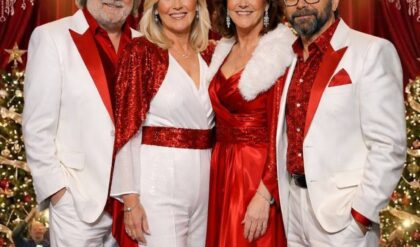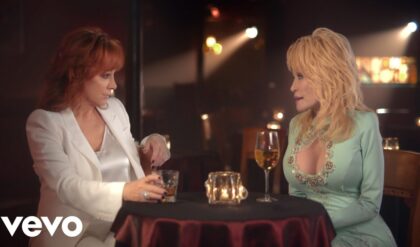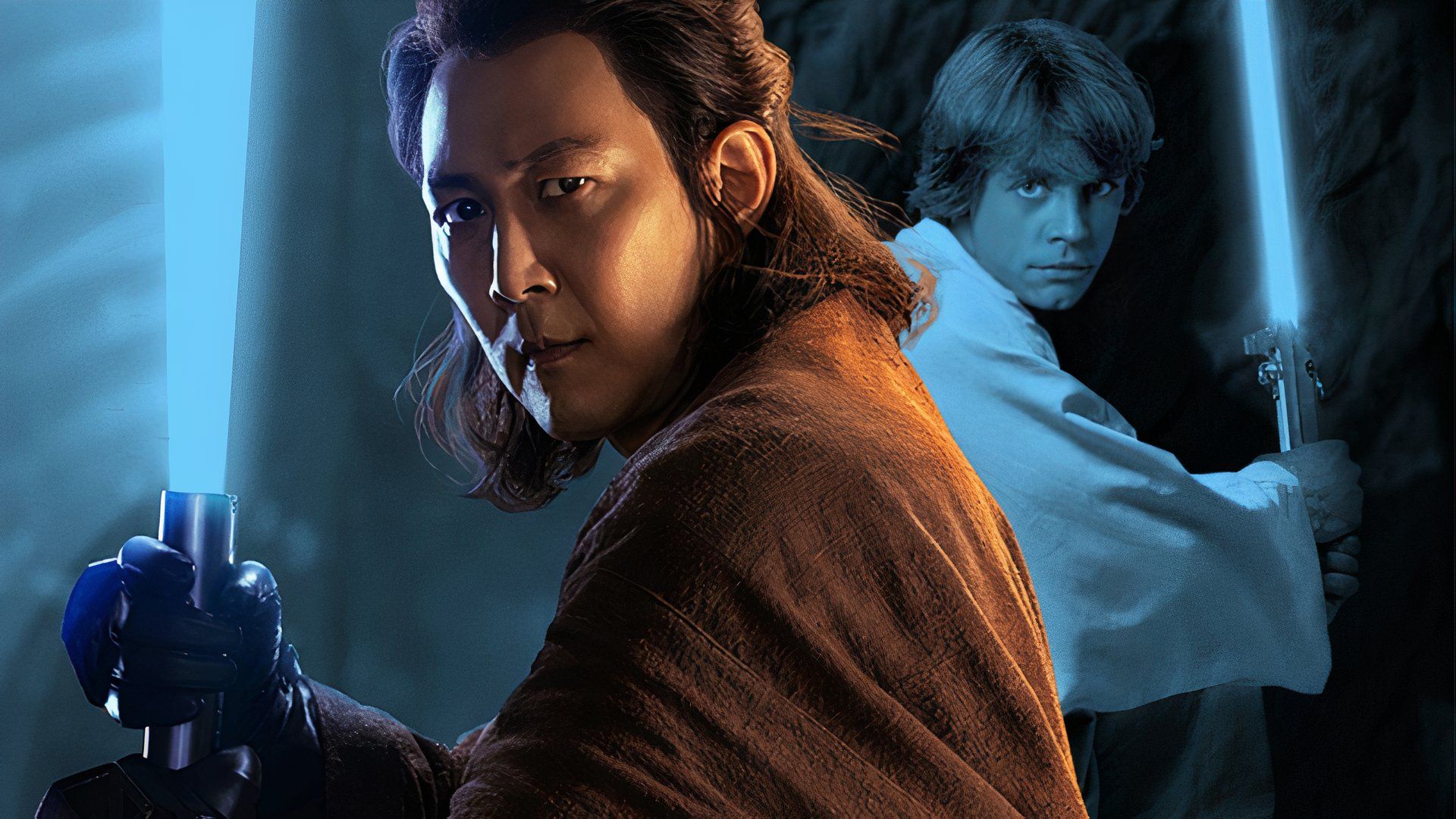
No matter how you feel about The Acolyte, it’s clear that much of the conversation around the series has revolved around its separation from the Skywalker Saga and the original Star Wars films. The new series is set 100 years before Episode I – The Phantom Menace, making it the earliest point in the Star Wars timeline that we’ve ever gone in a live-action story. However, despite this broad separation, there are more than a few ways that The Acolyte shares similarities with the themes and stories of the Skywalker Saga. Here are a few of the most notable.
The Duality of Osha and Mae in The Acolyte
The Skywalker Saga has continuously thrived on the complex relationship and dynamics between the Light Side of the Force and the Dark Side. This is usually shown through the conflicts between its central characters. In the original trilogy, there was the father-son relationship between Darth Vader and Luke Skywalker, as they battled for the soul of Anakin Skywalker and the fate of the galaxy.
Then, in the prequel films, this duality reared its head once again in the relationship between Anakin and Obi-Wan Kenobi, as the master and apprentice came to blows after Anakin’s fall to the Dark Side and the destruction of the Jedi Order. Finally, the sequel trilogy presented this dynamic in the relationship between Rey and Kylo Ren, who were established as a Force Dyad representing both sides of the Force while both the Jedi and the Sith organizations neared their demise.
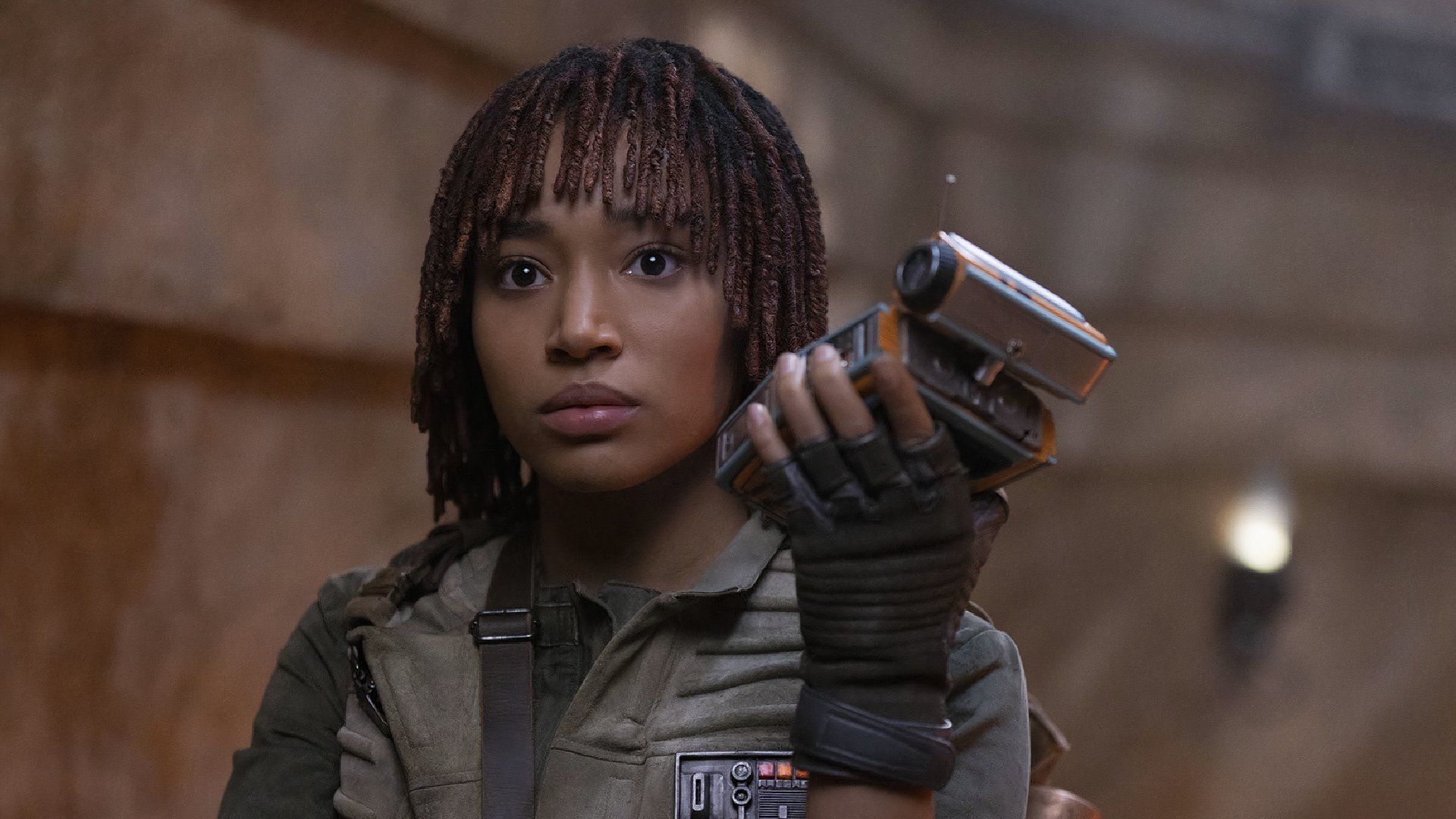
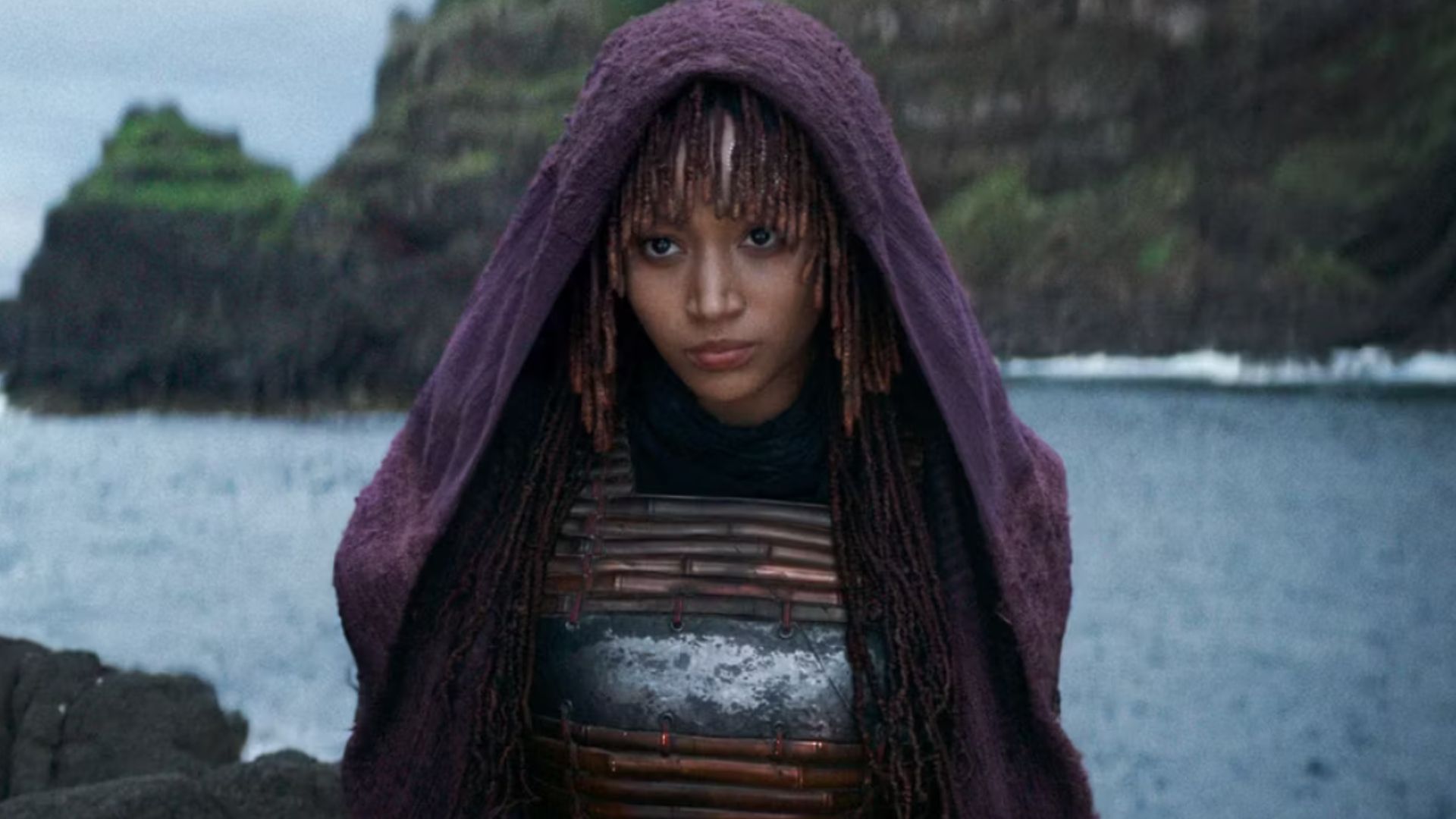
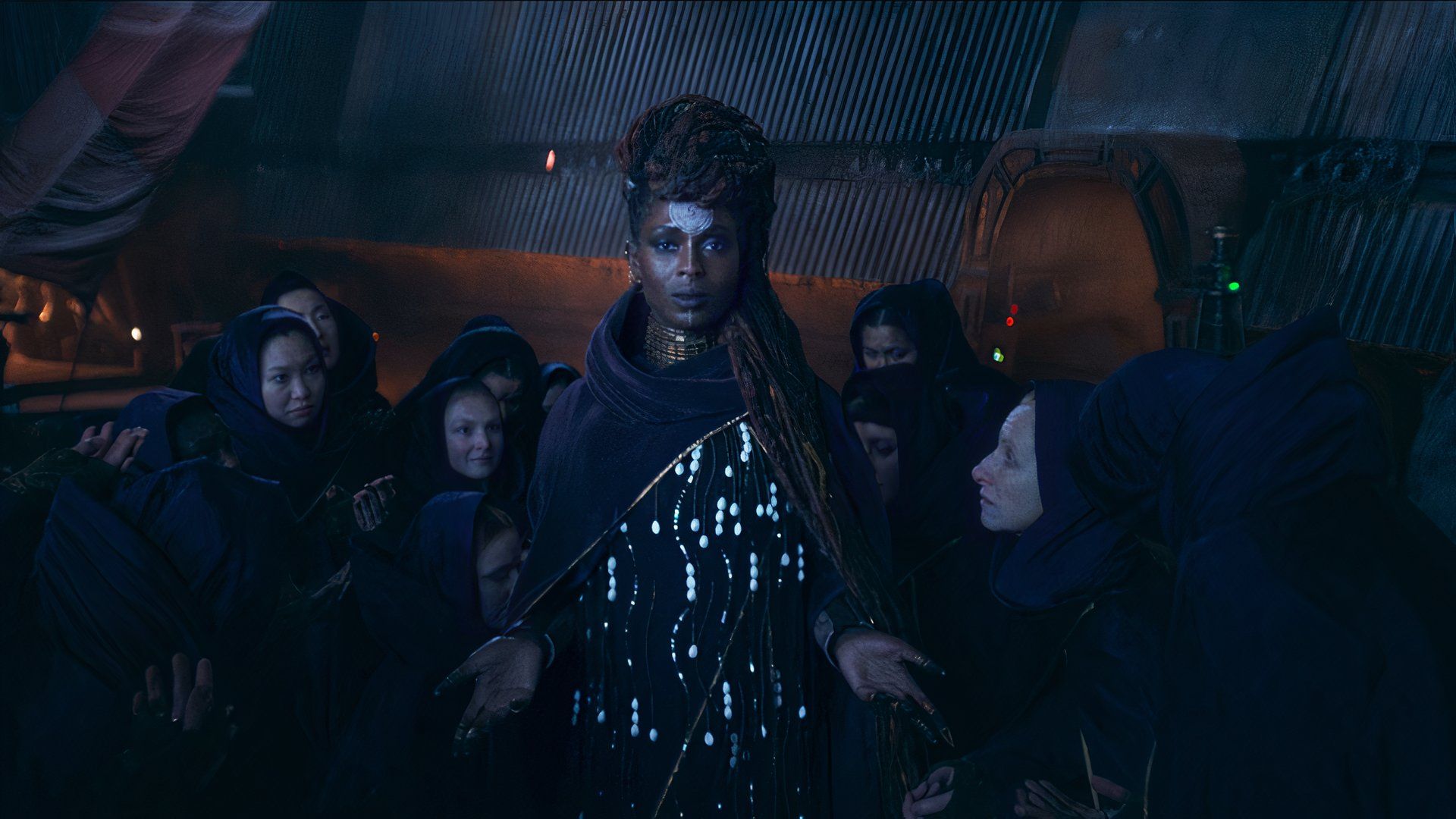



In The Acolyte, this recurring concept can clearly be seen in the relationship between our protagonist, Osha, and her twin sister, Mae. The two were born to a group of witches who practiced the use of the Dark Side of the Force on the planet Brendok. They were ultimately separated in a mysterious tragedy that killed their family and destroyed their home. In the aftermath, Osha leaves with the Jedi as she begins a new journey and embraces the Light Side. Mae, however, went the opposite direction, ultimately becoming the apprentice to a shadowy new Dark Side user who may or may not represent the return of the Sith to the galaxy far, far away.
Another way Osha and Mae echo the Star Wars stories that preceded them is in their familial connection. These two are far from the first twin siblings we’ve seen in the franchise. Most notably, the characters of Luke Skywalker and Leia Organa are twin siblings. While this revelation doesn’t come until the finale of the original trilogy, Episode VI – Return of the Jedi, the revelation of Osha and Mae’s relationship comes much quicker, as its mystery is presented and resolved in the first two episodes of the series. The origin of the new twin characters also mirrors Anakin Skywalker, as they were born as constructs of the Force, with no father.
The Acolyte Has the Prequel Era Atmosphere
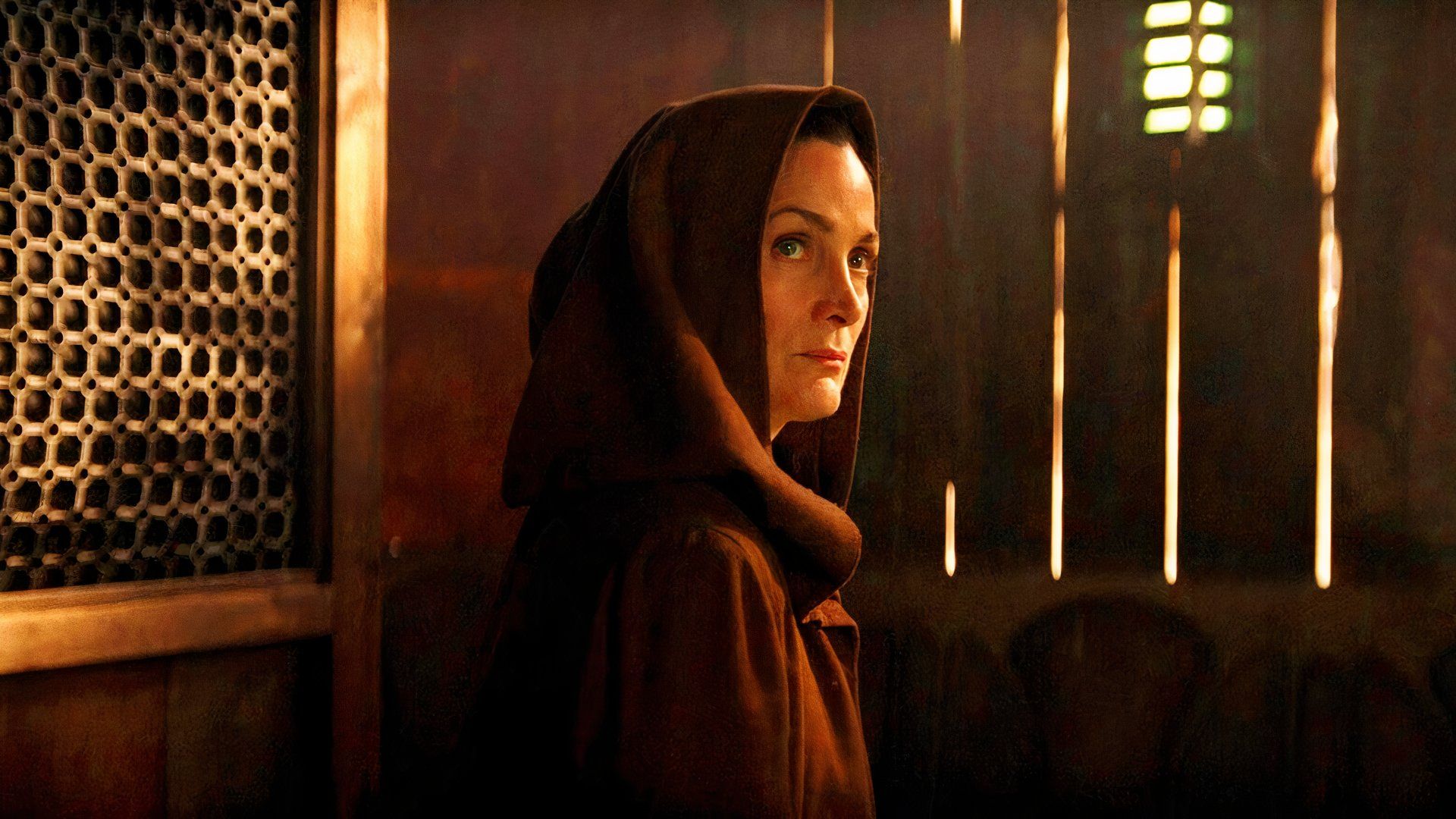
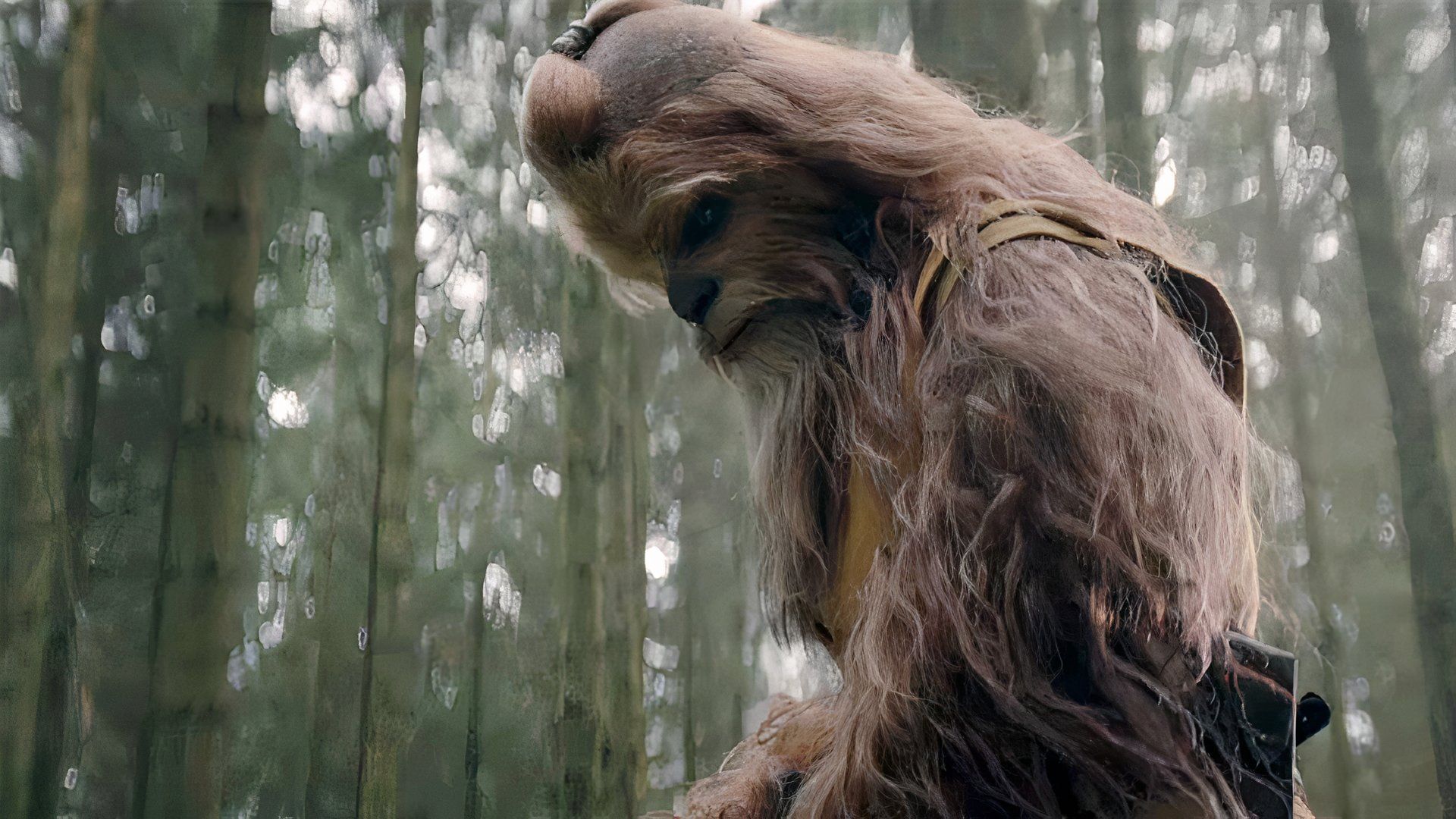
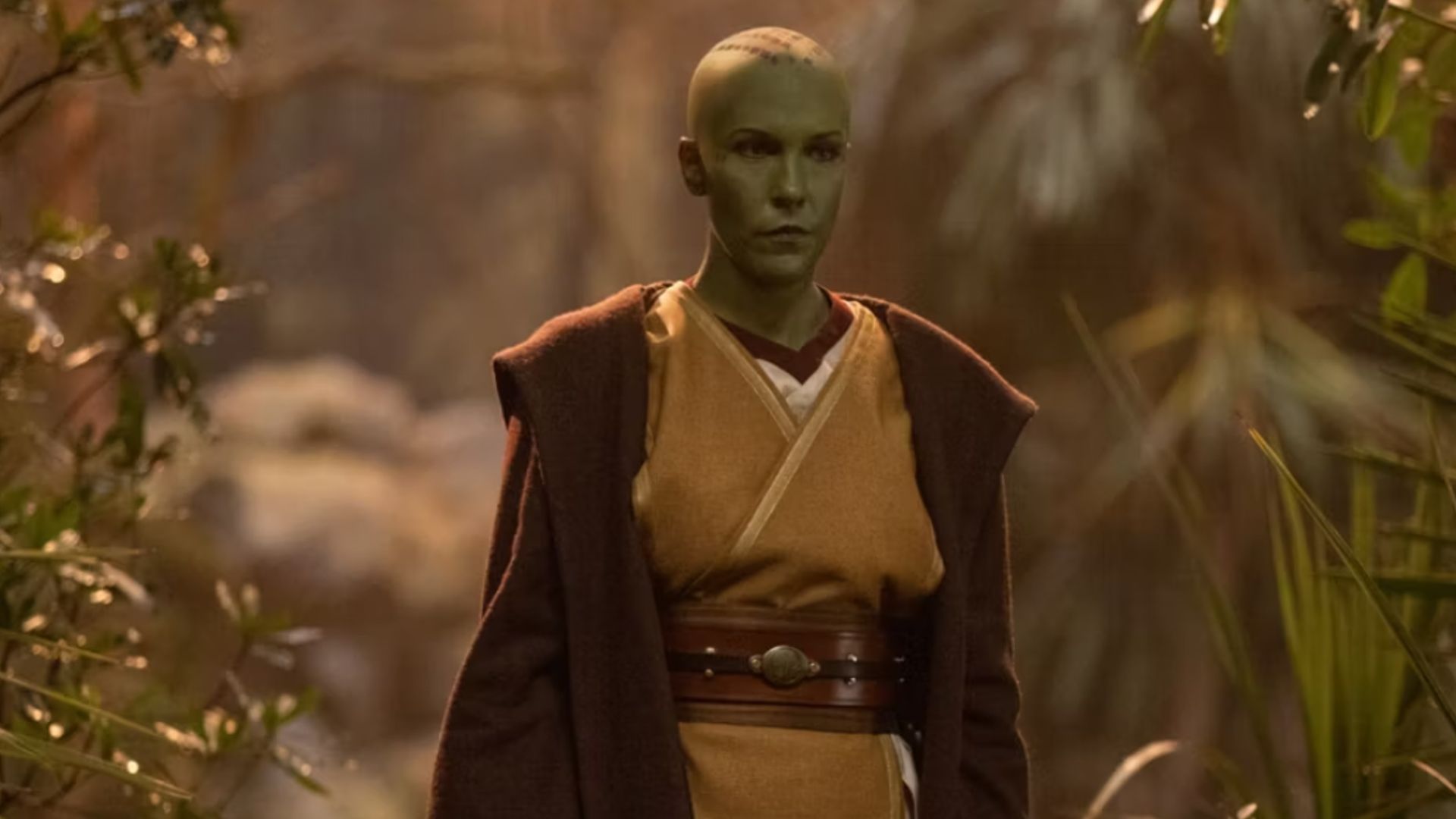



Another way that The Acolyte can build on the films and stories that have preceded it is with its setting and the overall atmosphere that it creates. While the show is set 100 years before The Phantom Menace, the general state of the galaxy doesn’t feel all that dissimilar from what is seen in that movie. It’s a time of relative peace when the Jedi are seen as one of the major organizations in the galaxy, and they have perceived no real threat to that establishment. The Jedi believe that the Sith are long extinct and have no Dark Side rivals with whom to be in conflict.
Additionally, The Acolyte has revisited some of the same locales as the Star Wars prequel trilogy. Most notably, the show has visited the capital city-planet of Coruscant on more than one occasion. This planet will be easily recognizable for any Star Wars fan, as it was one of the primary planets on which the story of the prequel films unfolded. The show has already spent a fair amount of time in the Jedi Temple on the planet, which serves as the central home of the Jedi. The Jedi train, educate their younglings, and coordinate their galactic diplomacy from the temple on Coruscant. This is seen in both The Acolyte and the prequel trilogy, with very few different details to separate the two.
The Failures of the Jedi Are Shown
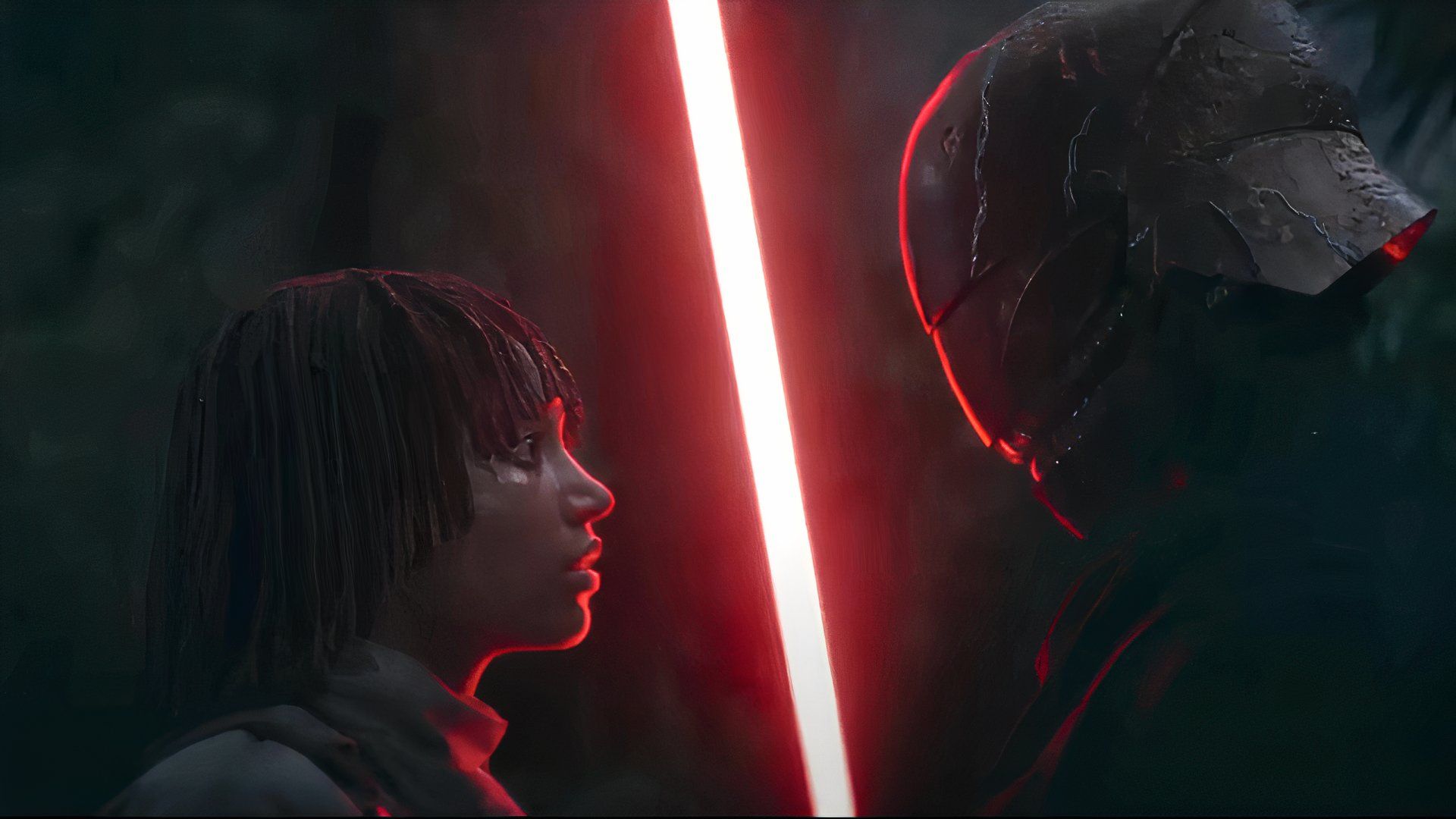
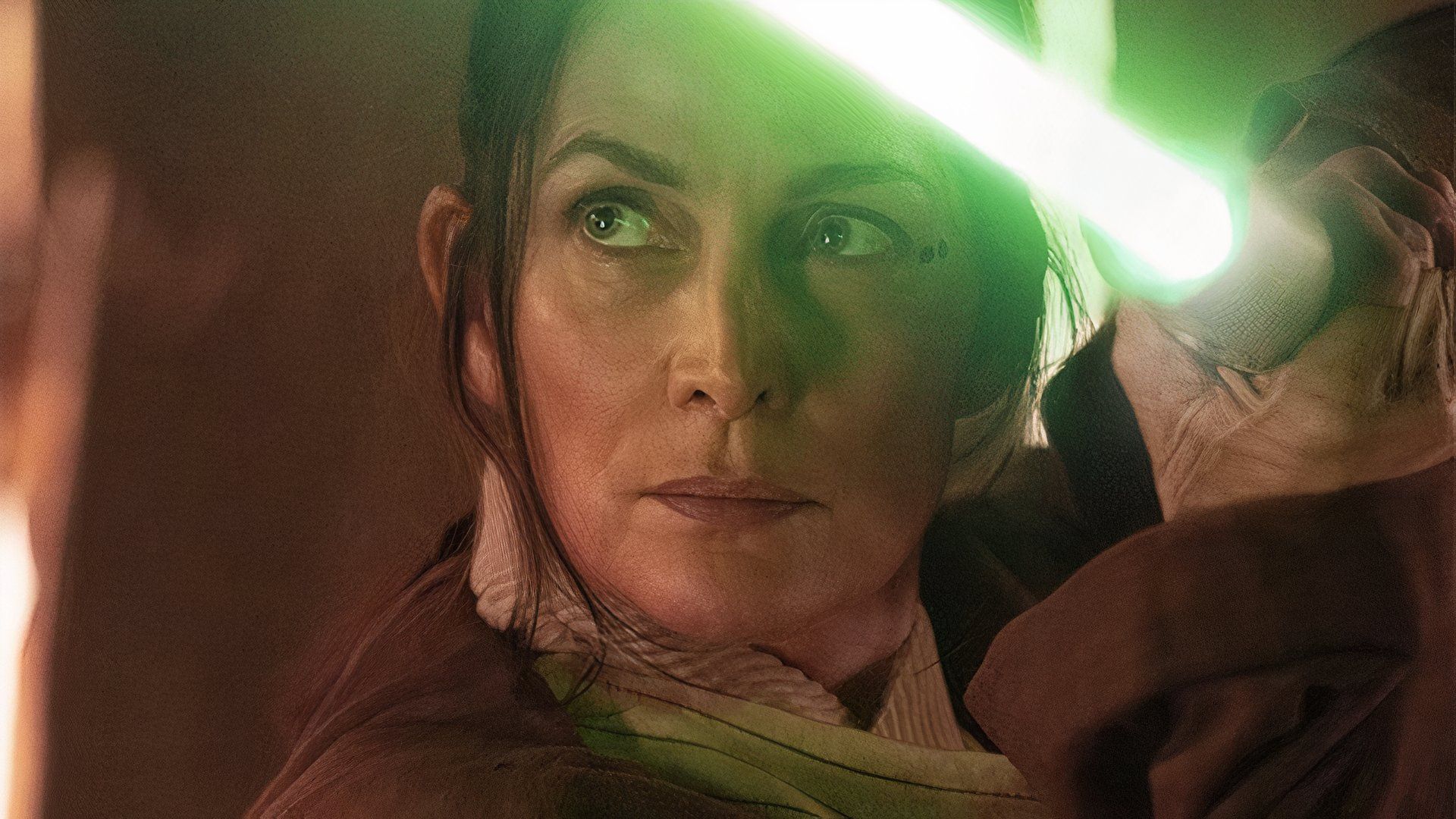
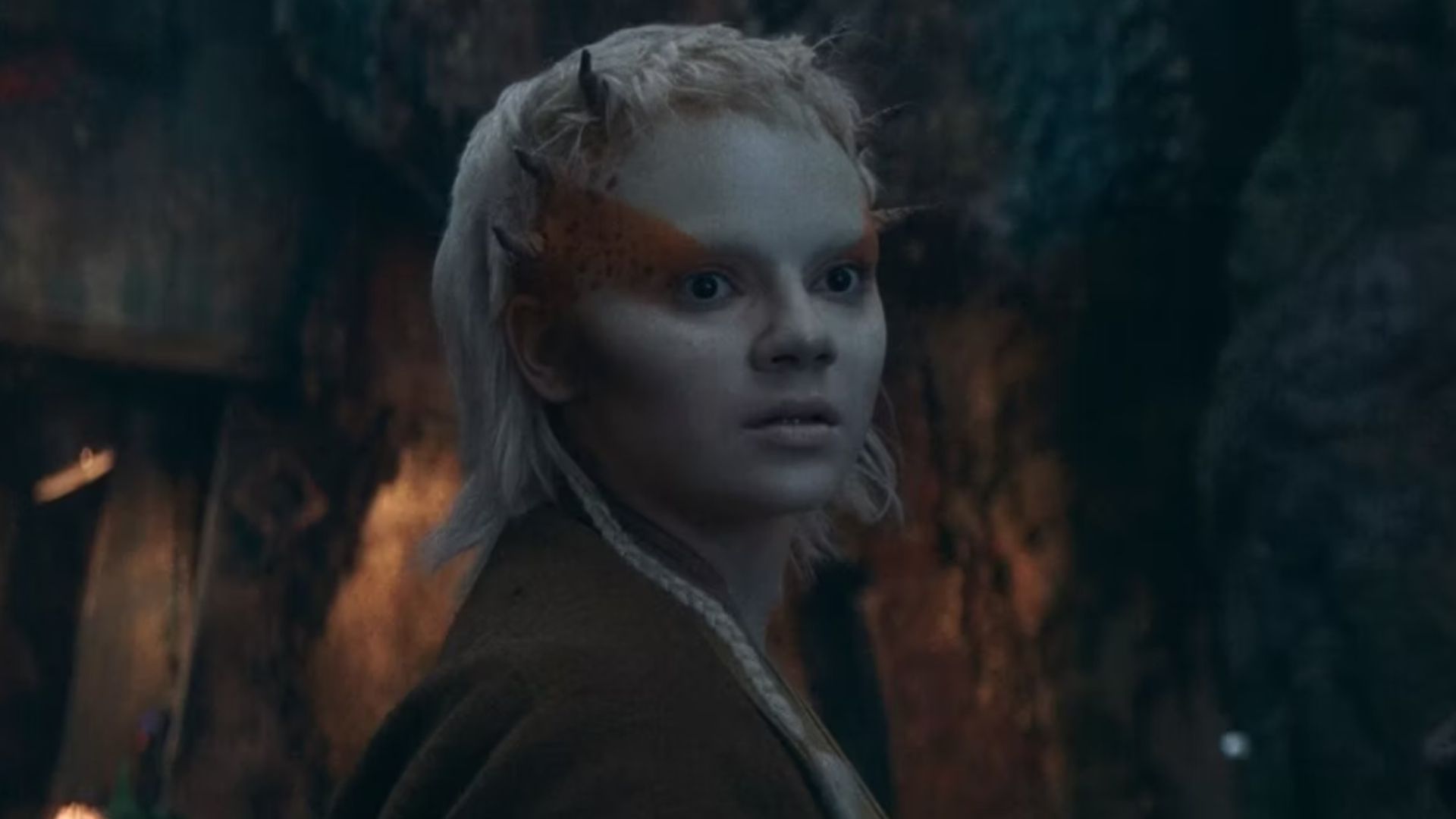



Finally, one of the most crucial ways that The Acolyte is similar to the rest of the Star Wars saga is through its depiction of the Jedi and their failure as an organization. While we still do not know a lot of specifics about what went wrong with the Jedi and the witches on Brendok who raised Osha and Mae, it is clear that the Jedi hold themselves responsible to some degree, which is why Torbin willingly drank the poison that Mae intended to kill him with. The show has also called into question the Jedi practice of taking in new younglings at such young ages, separating them from their families for life. Wherever this story may lead, The Acolyte clearly paints a not-so-flattering of the Jedi as an organization.
The idea that the Jedi Order is imperfect has been present throughout essentially every major Star Wars story to date. In the original trilogy, the Jedi are spoken of as a failed system that ultimately led to the rise of the Empire. Then, in the prequel trilogy, we see how the hubris of the Jedi Order led to their diminishing power. Finally, the sequel trilogy concludes these ideas by having its characters reject the old Jedi Order altogether, both through Luke’s self-imposed isolation on Ahch-To in Episode VIII – The Last Jedi and through Rey’s decision to start anew at the conclusion of Episode IX – The Rise of Skywalker.
While The Acolyte may be attempting to breathe new life into the Star Wars franchise by introducing a new story with new characters set in a new era of the galaxy, it isn’t entirely doing away with the elements that have made the franchise work in the past. Far from it. The Acolyte is learning from what came before and treading its own path within the confines of this nearly 50-year-old franchise. While the changes it has made have upset some fans, it is also a sign that the franchise is willing to grow beyond what it has been in the past, which is an ambition that is vital for the long-term health of the series. The Acolyte is streaming on Disney+.


